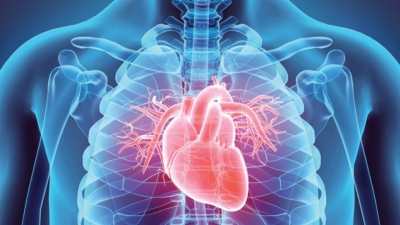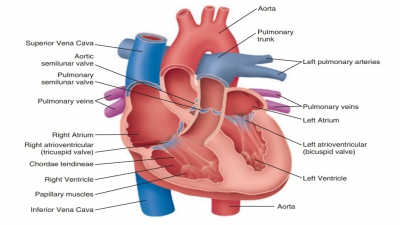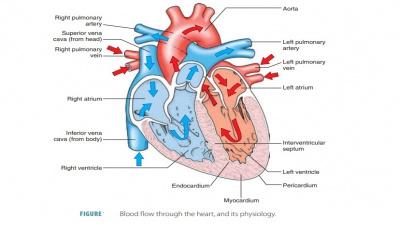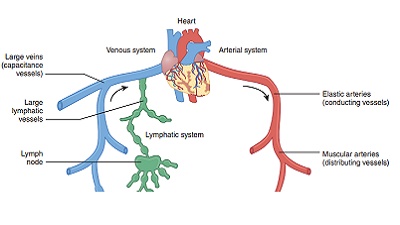Summary
| Home | | Anatomy and Physiology | | Anatomy and Physiology Health Education (APHE) |Chapter: Anatomy and Physiology for Health Professionals: Blood
Blood is a type of connective tissue. It consists of RBCs, WBCs, and platelets suspended in a liquid plasma, called the extracellular matrix.
Summary
Blood is a type of connective tissue. It consists of RBCs,
WBCs, and platelets suspended in a liquid plasma, called the extracellular
matrix. The RBCs, WBCs, and platelets are collectively described as formed
ele-ments, but the blood also contains a liquid portion that transports these
elements. The RBCs or erythrocytes are mostly developed in the red bone marrow.
They are primarily involved in the supply of oxygen and nutri-ents to the body
tissues. Hemoglobin is responsible for cellular transport of oxygen and carbon
dioxide, with most oxygen being bound to hemoglobin. Anemia signifies the
blood’s inability to carry enough oxygen. Other conditions involve excessive
RBC destruction, or excessive RBC production. The WBCs or leukocytes protect
the body against disease. Of the leukocytes, B cells are responsible for
humoral immunity, and T cells are responsible for cell-mediated immunity. The
platelets are vital for blood coagulation. Plasma suspends the cells and
platelets of the blood.
Blood transports substances between body cells and the
external environment. Blood plasma trans-ports gases and nutrients, helps
maintain stable pH, and helps regulate fluid and electrolyte balance.
Hemostasis is the stoppage of bleeding and involves the steps of blood vessel
spasm, platelet plug forma-tion, and blood coagulation. It helps to maintain a
stable internal environment. Blood clotting factors are known as procoagulants.
Blood can be typed on the basis of cell surface antigens.
The ABO blood group concerns the presence or absence of antigens A and B. The
Rh blood group concerns the Rh antigen, which is present on the RBC membranes
of Rh-positive blood, but is negative in Rh-negative blood. The preferred
method of blood transfusion is the use of packed red blood cells, in which most
leukocytes and plasma have been removed from whole blood. Effects of aging on
the blood include conditions such as decreased hematocrit, increased risk of
thrombi or emboli, pooling of blood in the legs, ane-mias, clotting disorders,
and chronic leukemias.




